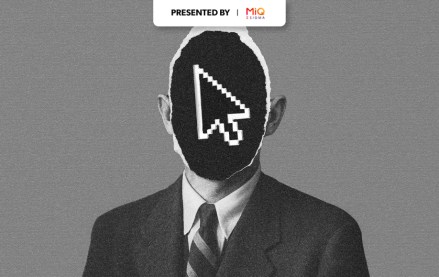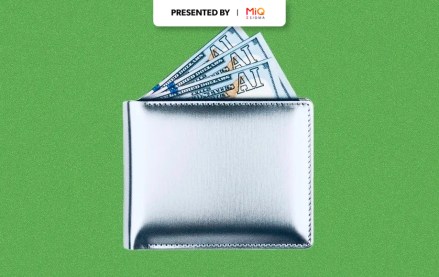
Ad fraud is the drunk guest at the programmatic party whom everybody wants to leave but nobody’s quite sure how to make sure he does.
It’s no different in the U.K., where standards bodies and trade associations are wringing their hands over the problem and trying how, without causing a fuss, to usher fraud out the door.
“Fraud seems to have permeated every level of the supply chain, even the premium sites, and is quite rightly a major concern for advertisers that we need to tackle,” said Bob Wootton, ISBA’s director of media and advertising.
Right now, there’s a lot of talk and a little bit of action. Have to start somewhere. For instance, the Joint Industry Committee for Web Standards (JICWEBS), a standards group, aims to have a set of best practices in place in July, after it gathers input from a raft of trade groups. So far it’s been consumed with meetings and hammering out agreement on all sides to technical specifications. Complicating the matter is the need for the committee to coordinate guidelines with the Media Ratings Council in the U.S. Otherwise, competing standards will make a mess of things.
With the process underway, the question turns to winners and losers. That, of course, depends on the technical specifications of anti-fraud measures. In the short term, this process could penalize smaller ad networks or exchanges. For smaller suppliers, the level of risk and investment needed to change could be beyond them. So too could membership to trade associations and the cost of certification. In this case, new standards will mean only the fittest will survive.
“Bot detection can be expensive, so it would help to have a process which informs the market about the non-technical investment small companies are making to have good-quality traffic, such as the level of human intervention they may have to check their sources,” said Andrew Buckman, European MD at OpenX.
As well as promising to promote best practice guidelines, such as providing technical guidance on how to spot fake inventory sources, the move signals to advertisers that the industry isn’t being complacent. A recent U.S. study by the Association of National Advertisers predicted that online ad fraud could cost advertisers $6.3 billion globally in 2015.
“I think it’s great that technology providers will be certified, but I hope it doesn’t go to the next level where the actual [inventory] supply sources have to go through a certification process as well,” said Sue Hunt, senior director for programmatic at Tremor Video. “If you can prove that you’re working with a certified vendor, then that should be good enough and everybody should have the confidence they need,” she said. “If not, where does the process stop? In that scenario, the risk is, these initiatives become money-making ventures.”
More in Media

WTF is headless browsing, and how are AI agents fueling it?
AI agents are putting headless browsing back in the spotlight. For media companies, that raises questions: How much traffic is real vs. automated?

How People Inc. is prioritizing traffic and revenue diversification to prepare for AI era
People Inc is preparing for AI’s impact on search and content discovery by focusing on traffic and revenue diversification and direct to consumer relationships.

One year in, Business Insider’s AI onsite search is boosting engagement
Although Business Insider’s AI search tool is currently only used by roughly one percent of Business Insider’s readership, it has significantly increased the engagement of those who do use the tool, with click-through to articles increasing by 50 percent since October.





